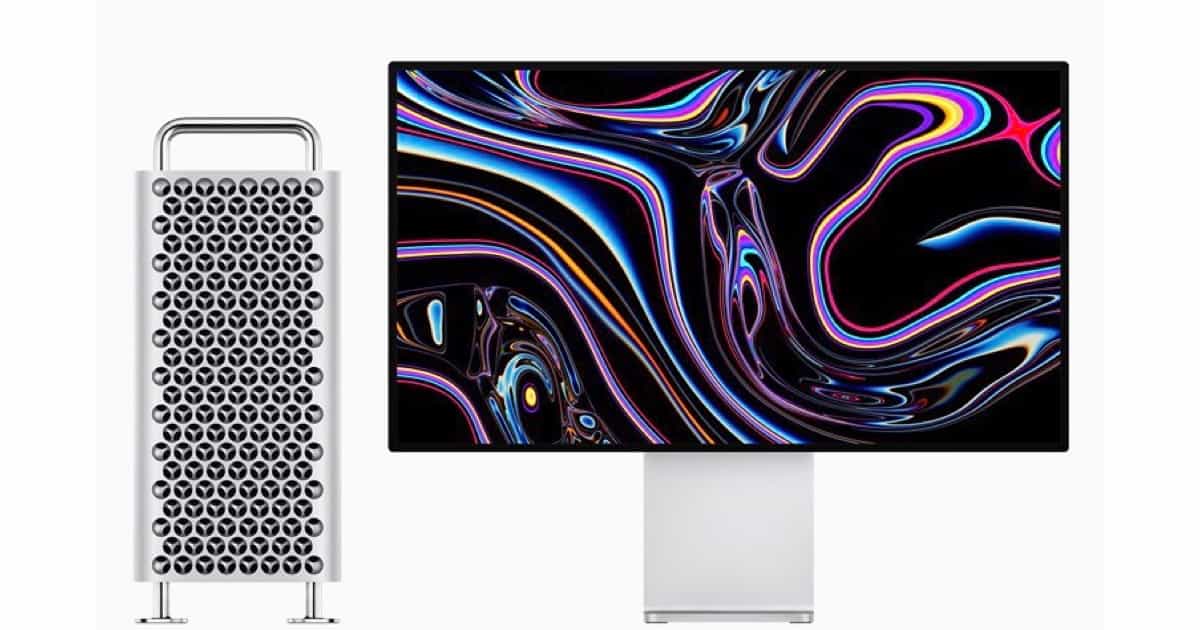Saving the Planet with a Mac
There are popular products in Apple’s lineup of consumer products. But the resurgence of the Mac suggests that Apple realizes that scientists won’t be doing research that changes the world on an iPad.

Mac Pro (a computational giant) and Pro Display XDR. Image credit: Apple.
To explore the critical contribution of the Mac, we have to look at the iPad’s history.
The iPad has experienced continuous change from its inception. It started out as a large display iPhone and shared an identical iOS. As a result, it shared the same limitations.
Over the years the iPad has undergone changes designed to cater to a broader, creative audience. Multi-tasking, the Files app, and the Apple pencil punctuated the enhancements. These changes were critical because sales slumped after a few early years of growth. Plus, iPhone displays were getting bigger and bigger meaning that many people, forced to choose only one, opted for a big iPhone.
Continuing this evolution, we now have USB-C, external file access, mouse support, rethought cut-and-paste and an iPad-centric iPadOS.
Tools to Change the World
While the evolutionary changes to the iPad are important and will ensure the popularity of the platform, we shouldn’t jump to the conclusion that it will outright replace the Mac, especially for very complex scientific work.
In the past, I’ve been heavily involved with Apple sales to scientists. I’ve also interviewed many scientists on my podcast, Background Mode, and one of the re-occurring comments from guests is that they favor Macs for their research. It’s not so much that scientific work is done by specialized apps, though there are many. Rather it’s the combined access to the terminal and the UNIX core combined with a rich suite of publishing tools.

A promise from WWDC 2019, session 701.
This UNIX access often takes the form of ssh’ing to a remote supercomputer. [The iPad has ssh apps, but you can’t access the UNIX internals of the iPad in order to install UNIX software.] This interaction between the remote Linux-based supercomputer and the client BSD UNIX on the Mac combined with the Mac’s publishing tools is crucial. As a result, if you go to a scientific conference, such as the AAS, you’ll see MacBook Pros on the scientist’s lap. Or a smattering of Linux notebooks. Not an iPad.
Mac Reborn
In 2018, the Mac was reborn. High Sierra and Mojave brought us a modern file system. The new Mac mini was released. We finally got a new MacBook Air. The 2017 iMac Pro is still a formidable machine. The MacBook Pro was refreshed at WWDC 2018 and then again just before WWDC 2019. There are rumors of new MacBooks and new 16-inch MacBook Pro. And now we have the glorious 2019 Mac Pro rumored to be released in September.
Related
At one time, when Apple was largely a single product company with the Mac, the company catered to scientists with a strong UNIX message. There was even an apple.com/science page. No more. Consumerism has had a grip on Apple, and sales have soared. And that’s okay.
But what I think this resurgence of the Mac suggests is that Apple is aware of the multitude of scientific challenges that face us today. While the iPad can be used for many productive purposes, it’s not ready to be the go-to instrument for the scientist. It’s not ready for the Think Different-class, world-saving work. And so, for the first time in long time, there is a rich selection of modern, secure Macs (T2 chip) to select from for everyone involved.
Whether the surfeit of new Macs was intentional by Apple, it’s hard to say. But it couldn’t come at a better time.
0 Response to "Saving the Planet with a Mac"
Post a Comment